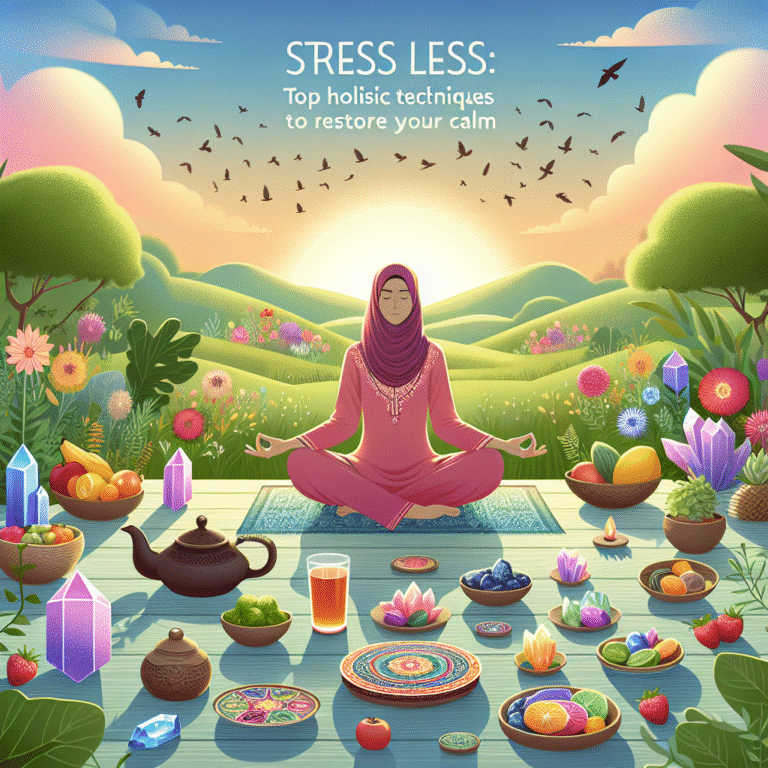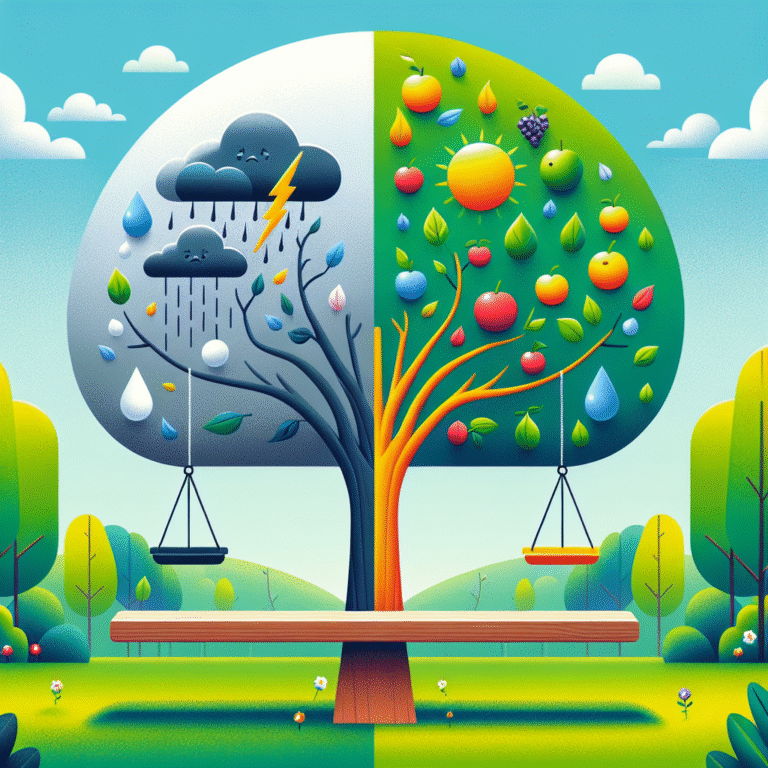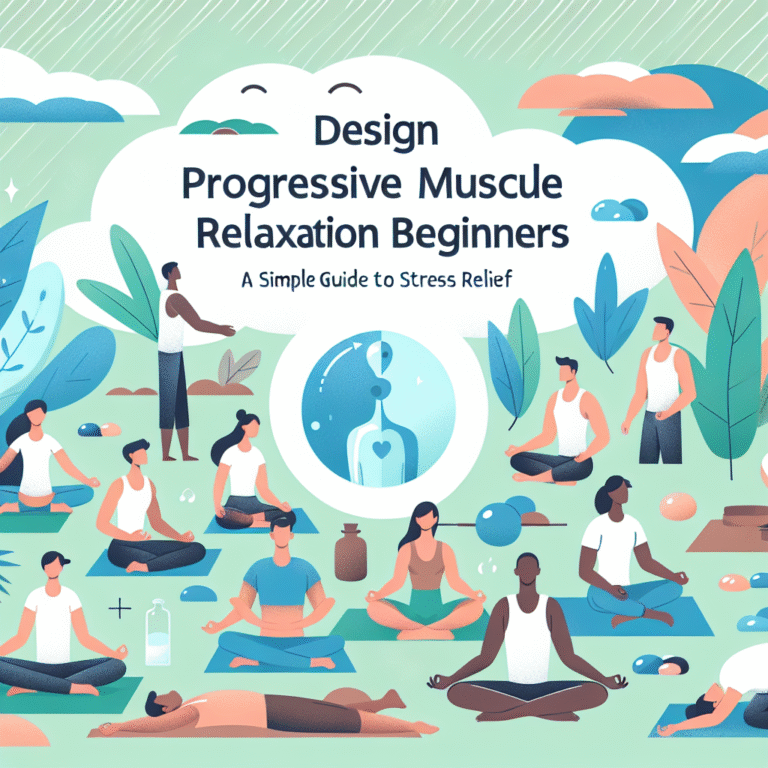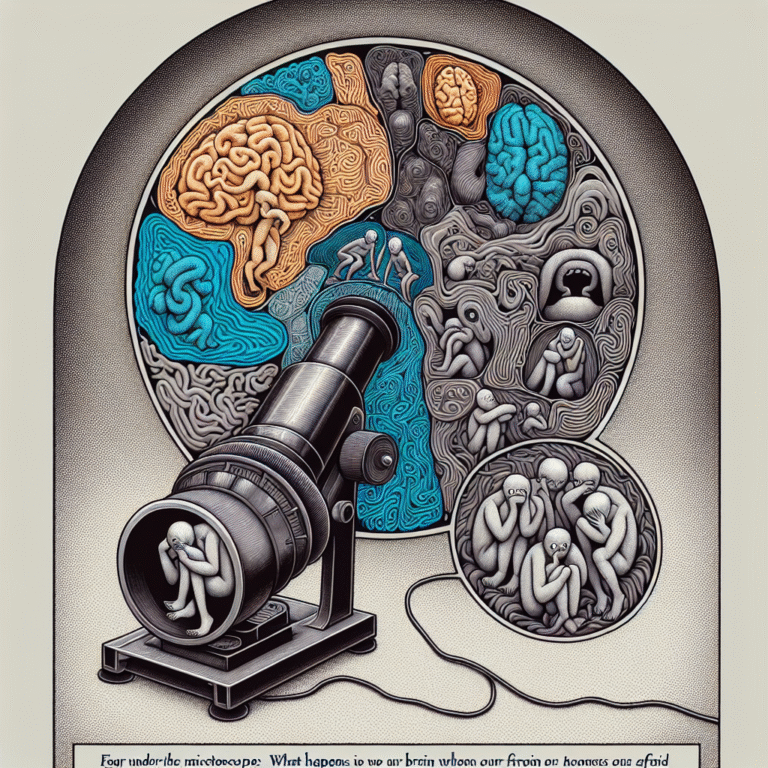
From Yoga to Aromatherapy: Discovering Holistic Paths to Stress Relief
In an increasingly fast-paced world, stress has become a common adversary that many of us face. Between tightening deadlines, rising responsibilities, and the constant buzz of technology, finding effective ways to relieve stress can seem challenging. Fortunately, various holistic practices have emerged as powerful allies against stress, enabling individuals to cultivate a sense of peace and balance in their lives. From Yoga to Aromatherapy: Discovering Holistic Paths to Stress Relief provides a unique insight into these practices and how they can help reclaim tranquility in our hectic lives.
Introduction: The Rising Tide of Stress
Stress is not just a feeling; it’s a physiological response that can affect our mental health, emotional well-being, and physical bodies. A 2021 American Psychological Association survey revealed that nearly 79% of adults experience health impacts from stress, citing symptoms like fatigue, anxiety, and high blood pressure. The need for effective stress relief techniques has never been more imperative.
As people seek alternatives to traditional medicine or therapy, holistic approaches such as yoga, meditation, aromatherapy, and mindfulness have been thrust into the spotlight. These ancient practices offer more than just fleeting relief; they provide tools to manage stress proactively and sustainably. In this article, we will delve into various holistic paths to stress relief, starting with the time-honored tradition of yoga and exploring the fragrant world of aromatherapy.
The Power of Yoga in Stress Relief
Understanding Yoga
Yoga is an ancient practice originating from India, combining physical poses, breathing techniques, and meditation. While it is often associated with flexibility and fitness, at its core, yoga is a profound philosophy that promotes mental clarity and emotional stability — both vital for stress relief.
Case Study: Yoga for Corporate Stress Relief
A noteworthy case study involves a multinational corporate firm that integrated yoga sessions into their employee wellness program. Over six months, participants attended weekly yoga classes designed to relieve tension and improve overall mental health. A survey conducted post-program revealed that 85% of the employees reported feeling significantly less stressed, with many attributing their newfound resilience to their yoga practice.
Scientific Backing for Yoga’s Benefits
Research consistently shows that yoga helps lower levels of the stress hormone cortisol, leading to reduced anxiety and increased feelings of relaxation. A 2018 meta-analysis of randomized controlled trials indicated that yoga significantly reduced stress and anxiety when practiced regularly.
Different Types of Yoga for Stress Relief
- Hatha Yoga: Focuses on physical techniques and poses. It’s gentle and ideal for beginners looking to relax.
- Restorative Yoga: Emphasizes relaxation with long-held poses, perfect for unwinding at the end of a stressful day.
- Vinyasa Yoga: A dynamic practice linking breath with movement, providing both physical exertion and mental focus.
Incorporating Yoga into Daily Life
With the rise of online resources, incorporating yoga into your routine has never been easier. Just 20 minutes of daily practice can serve as a beneficial antidote to stress. Whether through classes, apps, or online videos, finding a style that resonates with you is critical for building a consistent practice.
Meditation: A Complementary Approach
The Role of Mindfulness and Meditation
Much like yoga, meditation is a cornerstone of holistic stress relief. Mindfulness meditation involves focusing on the present moment while acknowledging thoughts, feelings, and bodily sensations non-judgmentally. A 2021 study published by the Journal of Clinical Psychology found that mindfulness meditation significantly reduced symptoms of anxiety and depression.
Integrating Meditation with Yoga
Combining meditation with yoga deepens the experience and fosters an internal sanctuary, promoting holistic health. Begin with a few minutes of meditation before or after your yoga practice to center yourself.
Everyday Meditation Practices
To reap the benefits of meditation and enhance your journey through From Yoga to Aromatherapy: Discovering Holistic Paths to Stress Relief, try integrating the following practices into your day:
| Practice | Duration | Benefits |
|---|---|---|
| Breath Awareness | 5 minutes | Increases awareness; calms racing thoughts. |
| Guided Visualization | 10 minutes | Enhances creativity and reduces stress perception. |
| Loving-Kindness Meditation | 15 minutes | Fosters compassion and emotional balance. |
Discovering Aromatherapy: Fragrant Solutions for Stress
What is Aromatherapy?
Aromatherapy utilizes essential oils extracted from plants to enhance mental and physical well-being. These oils can be inhaled, blended with carrier oils for topical application, or used in diffusers to create aromatic environments.
Case Study: Aromatherapy in a Hospital Setting
In a notable application, a hospital in California began using essential oils in their patient recovery rooms. Patients were given choices of scents, including lavender and chamomile. The outcome was profoundly positive, with many reporting a reduced anxiety level and improved relaxation during their stays.
Benefits of Essential Oils for Stress Relief
Various essential oils possess unique qualities that can effectively combat stress. Here are a few:
- Lavender: Known for its calming properties, it promotes relaxation and helps reduce anxiety.
- Bergamot: A citrus oil that enhances mood by reducing stress and anxiety levels.
- Ylang Ylang: This floral oil can diminish feelings of stress and improve emotional balance.
How to Use Aromatherapy
- Diffusers: Essential oil diffusers disperse oils into the air, creating a calming atmosphere for meditation or yoga practice.
- Topical Application: Combine essential oils with a carrier oil and apply to pulse points for enhanced relaxation.
- Bathing: Add a few drops of essential oil to a warm bath for a soothing experience.
Bridging Holistic Practices: The Power of Combining Methods
Integrating yoga, meditation, and aromatherapy establishes a powerful synergy that can significantly boost stress relief efforts. By creating a ritual that includes a yoga session followed by meditation and aromatherapy, individuals can design a holistic practice tailored to their lifestyle.
Actionable Insights for Everyday Life
Building Your Holistic Stress Relief Routine
- Set Realistic Goals: Begin with short sessions and gradually increase the duration as it becomes a habit.
- Create a Dedicated Space: Allocate a specific area in your home for yoga, meditation, and aromatherapy.
- Track Your Progress: Keep a journal of your stress levels and reflections post-session to identify improvements.
Joining Communities
Consider joining a yoga studio, meditation group, or aromatherapy class to gain support and enhance motivation. Engaging with like-minded individuals can amplify your commitment and enjoyment of holistic practices.
Conclusion: Embracing Holistic Stress Relief
From Yoga to Aromatherapy: Discovering Holistic Paths to Stress Relief is not merely an exploration of techniques; it’s a journey toward personal empowerment and well-being. By embracing these practices, you can cultivate resilience against life’s inevitable stresses and foster a deep sense of peace.
Stress relief is within reach for anyone willing to invest time and effort into these holistic methods. Remember, it’s not just about seeking immediate relief but building a lifestyle that prioritizes mental and emotional health.
FAQs
1. Is yoga suitable for beginners?
Yes! Many forms of yoga cater to beginners, including Hatha and Restorative yoga. Start slowly and listen to your body.
2. How long will it take to see the benefits of yoga and aromatherapy?
While some benefits may be noticed immediately, consistent practice over several weeks will yield more significant results.
3. Can aromatherapy be used safely on children?
Yes, but it’s essential to consult a qualified practitioner for appropriate oils and dosages, as children may have different sensitivities.
4. Do I need special equipment to practice yoga?
No, basic equipment includes a yoga mat. Many poses can be performed without additional props, making it accessible for everyone.
5. How often should I practice these techniques for effective stress relief?
Consistency is critical. Aim for at least a few times a week, gradually building your practice into a daily routine for the best results.
Embrace this journey towards holistic stress relief, and let the calming power of yoga and the soothing scents of aromatherapy be your guides on the path to a tranquil life.
















